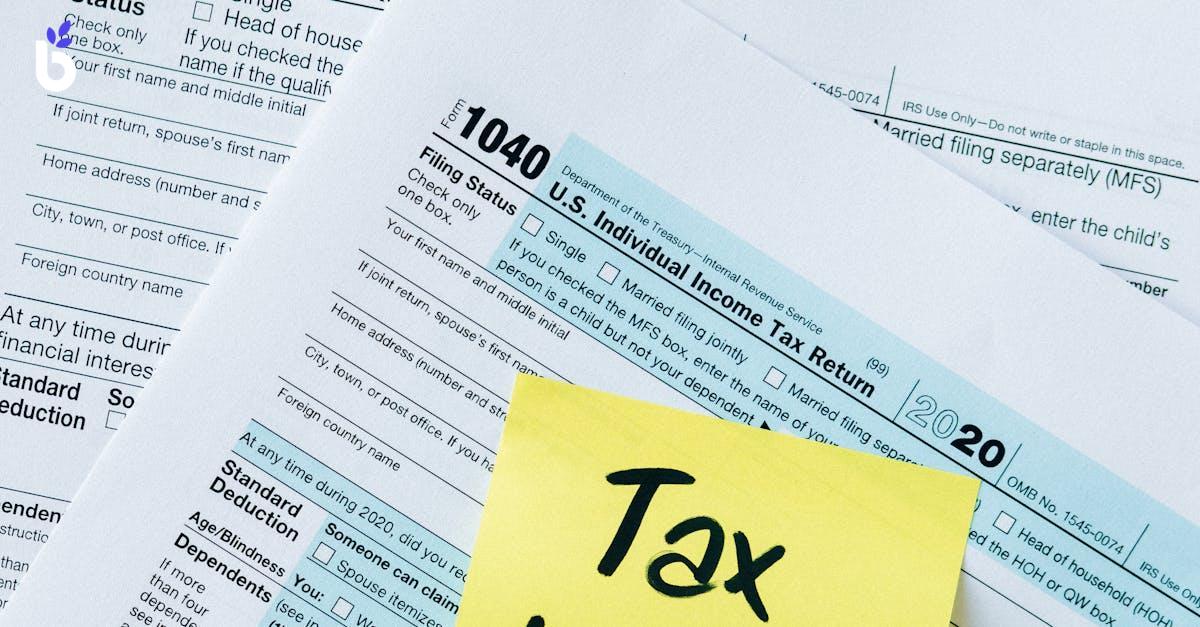WHAT IS TAX DEDUCTED AT SOURCE (TDS)?

What is Tax Deducted At Source (TDS)?
Tax Deducted At Source (TDS) is a system implemented by the Government of India to collect tax at the point of income generation. This tax is deducted at the time of payment, ensuring a steady stream of revenue for the government and minimizing instances of tax evasion. TDS applies to various forms of income including salaries, rent, interest on deposits, and commissions, making it crucial for businesses and individuals alike.
Applicability and Rates of Tax Deducted At Source
TDS is applicable to numerous categories of income, each subject to varying rates depending on the nature of the income. For instance, TDS rates for salary payments are governed by the applicable income tax slabs, while different rates may apply to interest income from fixed deposits or commissions. Understanding these rates is essential for both employers and taxpayers to ensure compliance with tax regulations.
Purpose of Tax Deducted At Source
The purpose of TDS is to facilitate timely tax collection from taxpayers. By ensuring taxes are deducted at the source of income, it addresses two primary concerns: the requirement for advance tax payments and the reduction of tax evasion. This systematic approach also aids in managing public finances, ultimately contributing to national development.
"Tax Deducted At Source (TDS) is not just a mechanism for tax collection; it's a strategic method for ensuring compliance and improving government revenue."
FAQs
Why is Tax Deducted at Source necessary?
TDS was introduced with the aim of collecting taxes directly from the source of income. This system requires entities making specific payments to deduct tax and remit it to the government, which helps streamline tax collection and minimizes evasion.
Where is Tax Deducted at Source applicable?
TDS is levied on a variety of income types, including but not limited to salaries, rents, commissions, dividends, and professional fees. This wide applicability helps the government ensure that various income streams are taxed effectively.
How to calculate TDS?
TDS can be calculated based on the average tax rate applicable to the taxpayer's income. Employers typically deduct TDS from employees' salaries by applying the average rate of income tax, which is computed as: [ \text{Average Income Tax Rate} = \frac{\text{Income Tax Payable}}{\text{Employee's estimated income for the financial year}} ]
Also See: Tax Collected At Source
By understanding TDS and its implications, businesses can optimize their financial health and comply with tax regulations efficiently.
Take control of your business today
Explore BizCRM App and start your journey towards business success.
